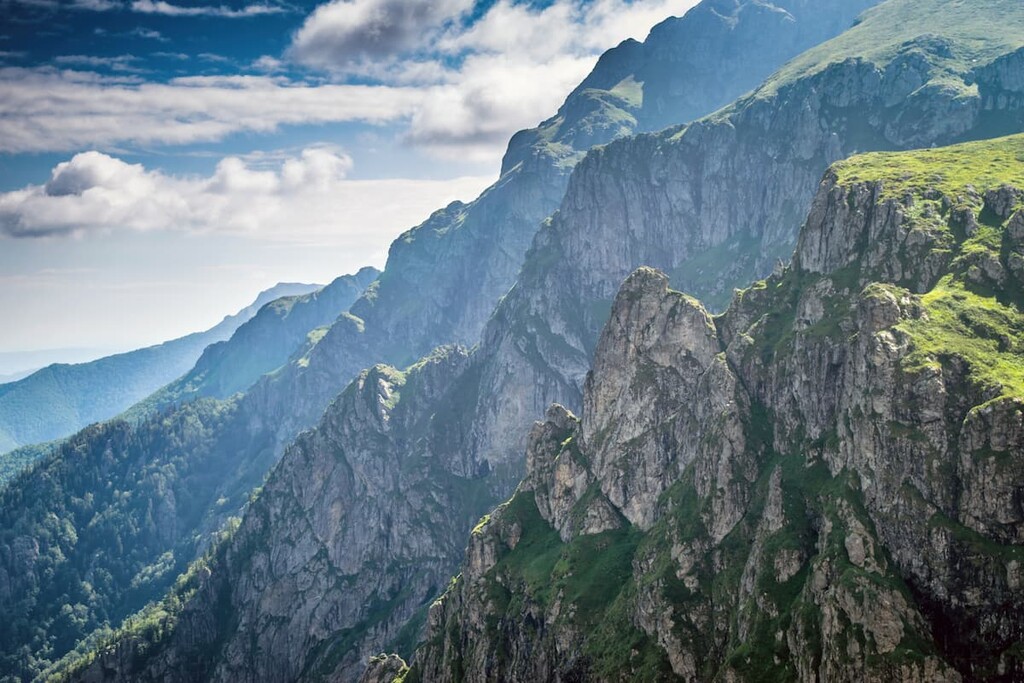Get PeakVisor App
Sign In
Search by GPS coordinates
- Latitude
- ° ' ''
- Longitude
- ° ' ''
- Units of Length

Yes
Cancel
Share ×

Scan the QR code and open PeakVisor on your phone
❤ Wishlist ×
Choose
Delete
Central Balkan National Park lies in the heart of Bulgaria and in the middle of the Balkan Peninsula. It is home to deep and lush forests and numerous grassy but high peaks. There are 132 named mountains in Central Balkan National Park. The highest and the most prominent mountain is Botev Peak (2,376 m/ 7,795 ft).
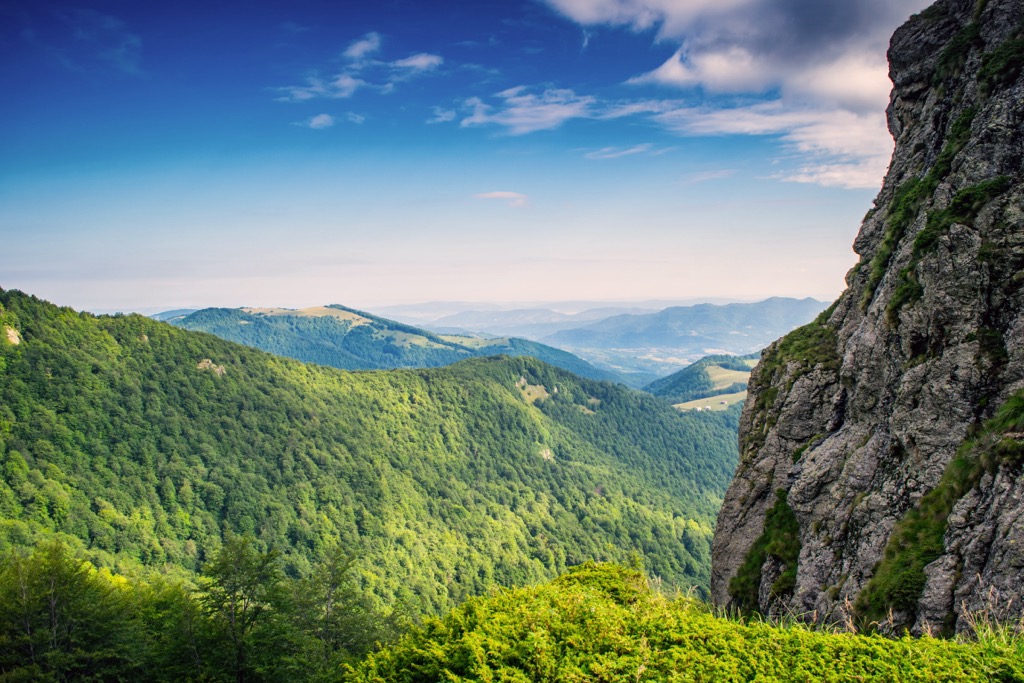
Central Balkan National Park is a national park in Bulgaria. It lies in the central part of the Balkan Mountains. The park is one of the most well-known protected areas in Europe and Bulgaria itself.
The park lies in the heart of Bulgaria, nestled in the central and higher slopes of the Balkan mountain chain. Its highest peak is at 2,376 m/ 7,795 ft, and it varies in altitude from 550 m (1,804 ft) near Karlovo, as its lowest point. It was established on October 31st, 1991.
Central Balkan National Park is the third-largest protected territory in Bulgaria, spanning 717 sq. km (445 sq. mi) and 85 km (52 ft) long, and 10 km (6 mi) wide. It is an enormous national park.
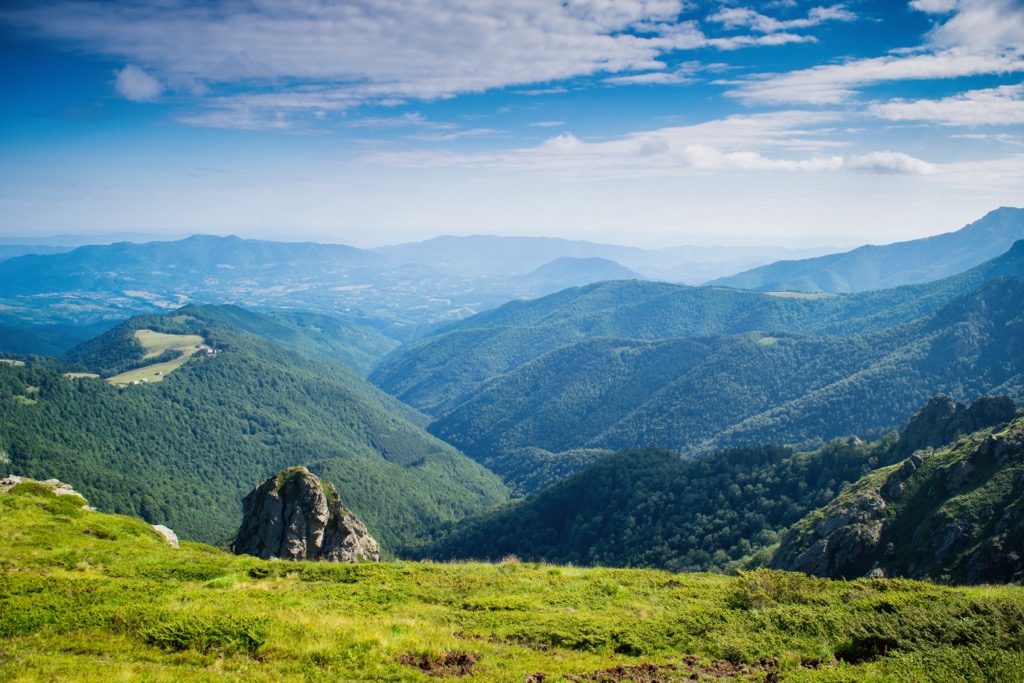
The park lies in the highest part of the central Stara Planina or Balkan Mountains and comprises three other mountain ranges – Zlatishko-Tetevenska Mountain, Troyan Mountain, and Kalofer Mountain.
Five provinces cover this national park: Lovech, Gabrovo, Sofia, Plovdiv, and Stara Zagora. The National Park is also home to nine nature reserves covering 28% of its territory. They include: Boatin, Tsarichina, Kozya Stena, Steneto, Severen Dzhendem, Peeshti Skali, Sokolna, Dzhendema, and Stara Reka.
The local government added nine beech forests to UNESCO's list of World Heritage sites in the national park in 2017. The forest is representative of all European beech forests and named part of the UNESCO Primeval Beech Forests World Heritage Site.

The mountain range provides natural diversity, showing peaks, valleys, and forests among the stunning meadows. The fact that the park is easy to access from multiple points in the region has contributed to its high attendance. Visitors to the nature tourism zone can participate in a network of guided routes using information centers, museums, and workshops.
Seventy routes lead to the fantastic places in the area. You will see centuries-old forests, spacious alpine meadows, rugged peaks, impressive waterfalls, and panoramas of beautiful landscapes that are typical for mountain relief.
Crossing the national park through the ridge of the Balkan Mountains is also an attractive opportunity. This is because the national park is part of an international hiking route known as E3 Kom – Emine, starting in the Black Sea and ending in Europe.
Central Balkan National Park lies in the central part of the Balkan Peninsula and has globally significant geologic and geomorphologic characteristics.
The Park includes the central and highest parts of the Stara Planina Mountain. The Balkan mountain range (which is where the peninsula gets its name from) is one of the most significant mountain structures in the region.
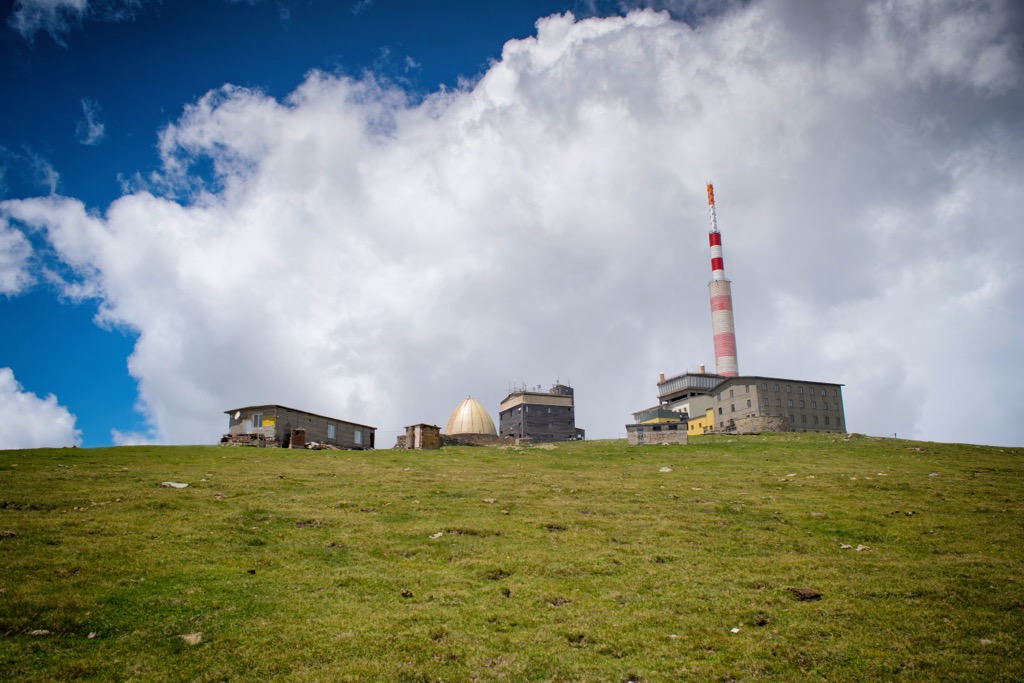
The Balkan range is a mountainous region in the Eastern Mediterranean that emerged during the Neocene and Quaternary periods. The exact process formed the Alp-Himalayan mountain system, which runs parallel to the Balkan Peninsula and the Balkan massif itself as well. This mountain range is about 2,500 m (8,202 ft) high and covers two states: Serbia and Bulgaria.
Here you can see the natural outcrop of granites with the shape of a geological thrust and fault. It is about 30 km (18 mi) in length and goes all the way to the peak of Botev (2,376 m/ 7,795 ft).
Central Balkan National Park has significant geological importance, which can be attributed to the 4 different geologic sights that it offers - Novoselski Rocks, Peeshti Rocks, Taja Gorge, and Krali Marko's Hole.
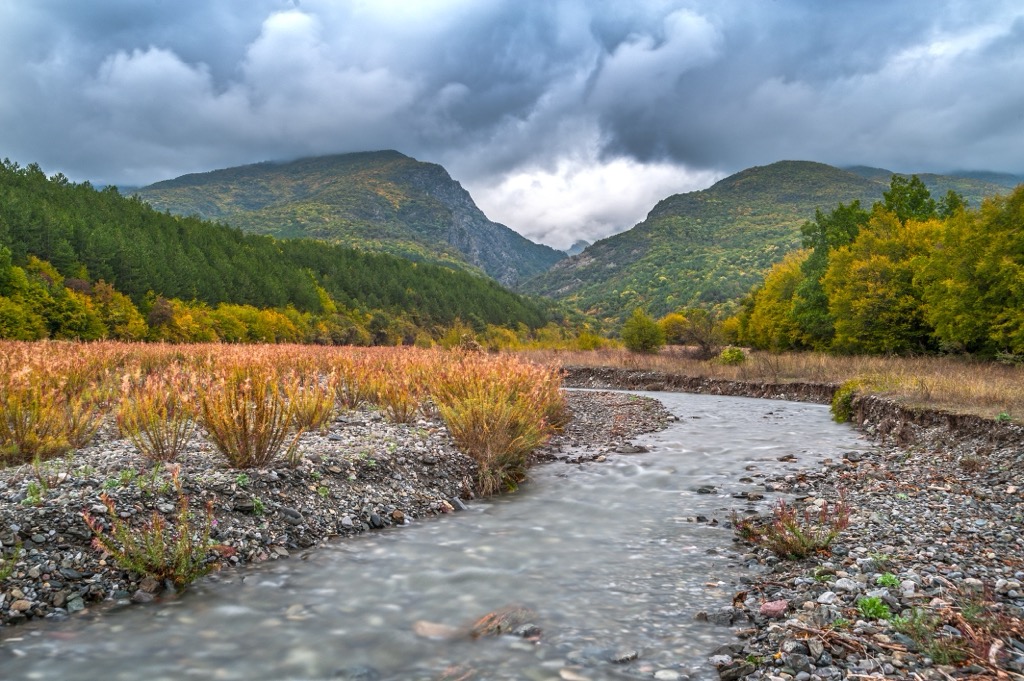
This fantastic patch of granite extends from Dobrila (1,901 m/6,240 ft) peak to Peeshti Rocks, with a width of 1 - 7 km (0.5 - 4 mi) and extending over 12 km (7 mi). Here are a few geological wonders to marvel at:
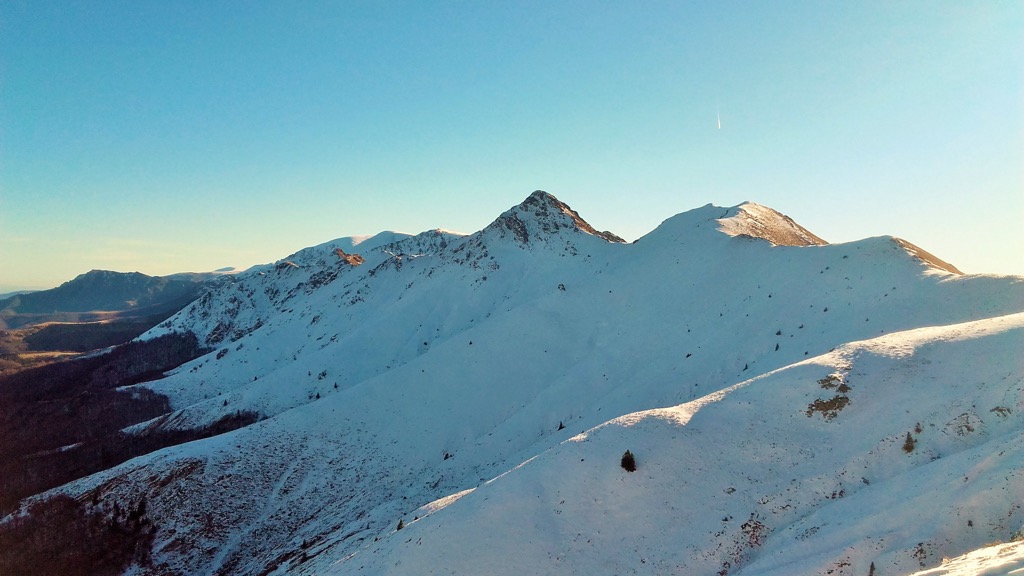
The park has a beautiful terrain with high-mountain meadows, deep canyons, and waterfalls. 20 peaks are over 2,000 m (6,561 ft) in altitude. Here are a few of these peaks:
Central Balkan comprises existing strict nature reserves of prime conservation importance. It is home to 44,000 ha (108,726 ft) of forests (61%) and 27,668 ha (68,369 ft) of mountain pastures and meadows (39%).
The park lies in the Rhodope montane mixed forests terrestrial ecoregion of the Palearctic temperate broadleaf and mixed forest. It is home to rare and endangered species and provides self-regulating ecosystems for higher biodiversity.
The Park is set up to protect all the unique beauty of Central Stara Planina Mountain region and encourages local traditions in line with the numerous ecosystems.
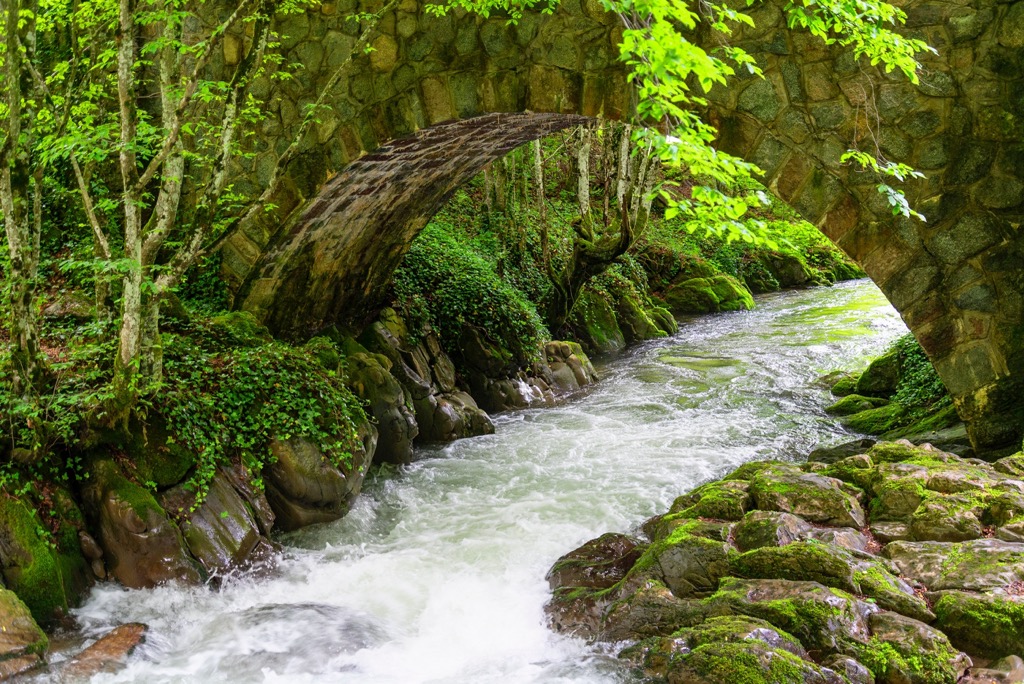
Central Balkan parks' diversity and endemism are quite impressive. Not only that, there's a remarkable variety of 2,337 different plant species in total. 1,900 of which are high plants, 188 algae, 229 mosses, and 15 different species of ferns.
According to new research, this region of Bulgaria has more than 50% of the country’s biodiversity. This includes 11 unique plant species that are only found in this area and nowhere else on the planet. Compared to other parts of Bulgaria, the central section of the Balkan Range is uniquely rich in life. It's home to 70% of all invertebrate organisms and 62% of all vertebrate animals in the country.
The park is home to Bulgaria's most iconic natural symbols - wolf, bear, chamois, red deer, and golden eagle.

There are 224 separate species of birds here, such as golden eagles, black storks, and white-tailed eagles. This is one of the essential reasons why Central Balkan National Park is an important and internationally recognized site for birdwatching.
Central Balkan National Park is also known under UNESCO as Central Balkan Biosphere Reserve. This protected area in Europe files under the Birds and Habitats Directives of the EU.
Central Balkan National Park is a category II IUCN protected area. Of course, the park itself is a protected UNESCO Primeval Beech Forests World Heritage Site.
They are home to rare wildlife species of global scientific significance and are a conservation success story. There hasn't been any intensive use of natural resources or foresting since this park's establishment.
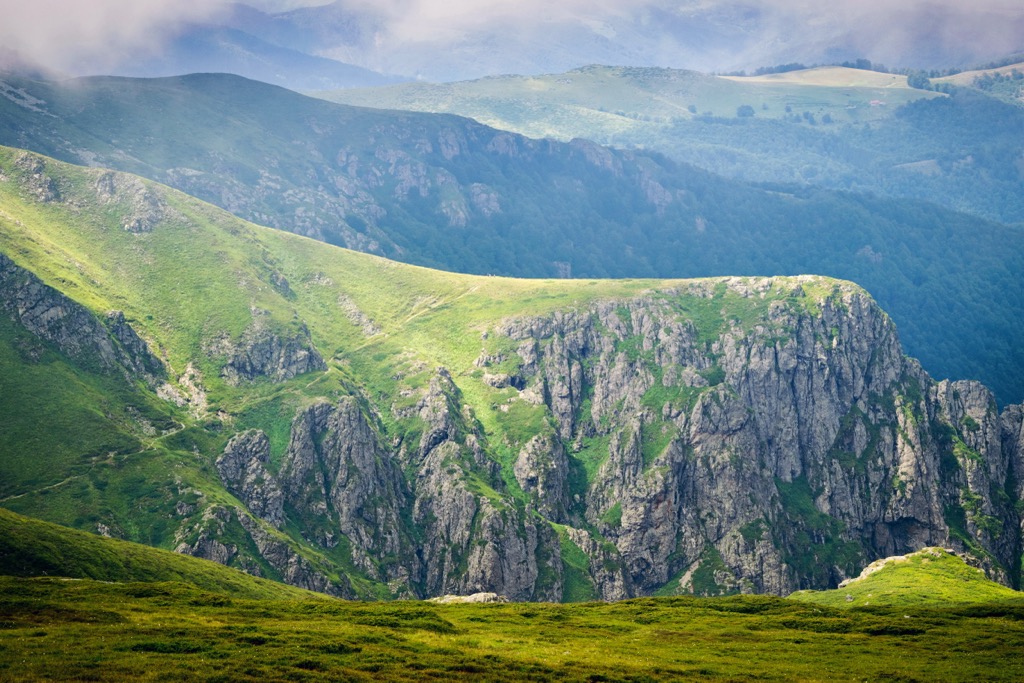
The primeval beech forests of the park are one of the most valuable natural assets, with deep roots tracing all the way back to ancient history. They're a part of Europe's Fagus sylvatica forests, which locals saved from destruction. The park shelters the largest, continuous, and low-impact beech forests in Europe.
Forests that were 'pristine' or virgin are becoming rarer in Europe due to long-term human forest usage and high human population densities. Beech forests once covered 40% of Europe.
The beech forests that once covered Europe’s countrysides and mountains about 6500 years ago, are not there anymore, following the abrupt warming of the climate. A study published in Nature Climate Change has described how the trees now inhabit a "refuge" in what is now central Balkans.
The average age of the beech communities in Central Balkan National Park is 135 years. The area covered by beech forests aged over a century is 18,106 ha (44,740 ar). In the areas where pure beech stands, they grow to cover 28 522 ha (70,479 ar) or 40% of the park territory.
These forests, along with the beech trees neighboring the park's territory, make up 60,000 ha (148,263 ar) on the massif and are one of Europe's largest continuous beech forests.
The Balkan Mountains is the highest range in Southeastern Europe, extending as a continuation of the Alps and Carpathians. They are also known as Haemus in Latin and Stara Planina (lit. Old Mountain) in Serbian.
The Balkan Mountains have always occupied a special place in Bulgaria's history. The country was founded right here in this region back in 681. It served as a natural fortress of the Bulgarian empire for centuries. It acted as an effective barrier when it came to Moesia, where most of the medieval capitals used to lie.
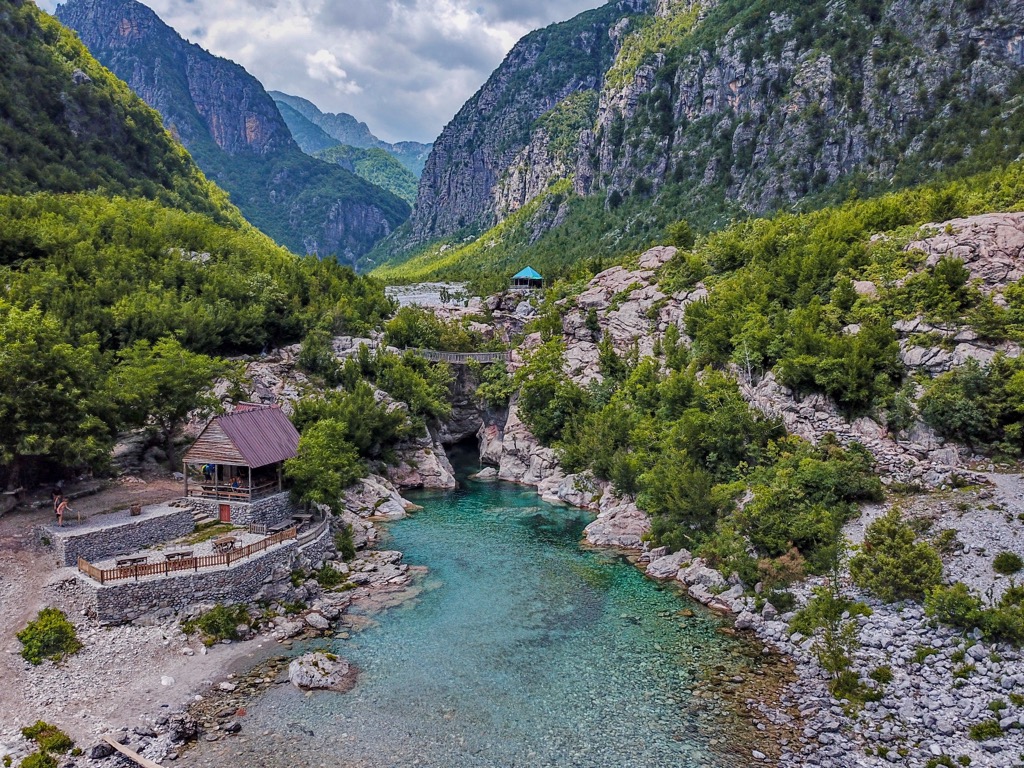
The Balkan Mountains were the site of many battles between Bulgaria and Byzantium in the early medieval period. These include the Battle of the Rishki Pass, Battle of Tryavna, and Battle of Devina.
One of the most well-known historical events took place in Varbitsa Pass or the Battle of Pliska. Here, Khan Krum won the battle at the Varbitsa Pass and killed Emperor Nikephoros I of Byzantine. The defeated Byzantine army was enormous, and it was a massive victory for Bulgaria.
From that moment on, the Byzantines were afraid of Bulgarians. They pulled back their army several times when they attacked Bulgaria and never set foot on the Balkan mountains again.
Haiduks were nineteenth-century rebels who fought against Ottoman Rule in Bulgaria. They ended up seeking refuge in the Balkan Mountains at a town called Kalofer, near Botev Peak (2,376 m/ 7,795 ft), where Hristo Botev was born. He grew up there and became a Bulgarian poet and national hero after his death.
Another crucial event that took place here, close to Botev Peak (2,376 m/ 7,795 ft), is Shipka Pass Battle. This is where four crucial battles in the Russo -Turkish War from 1877-78, took place and ended Turkish rule in the Balkans. Many believe that the Balkan Peninsula got its name in the time of these battles, since the Russian troops only saw the Balkan massif and named the whole peninsula after it.
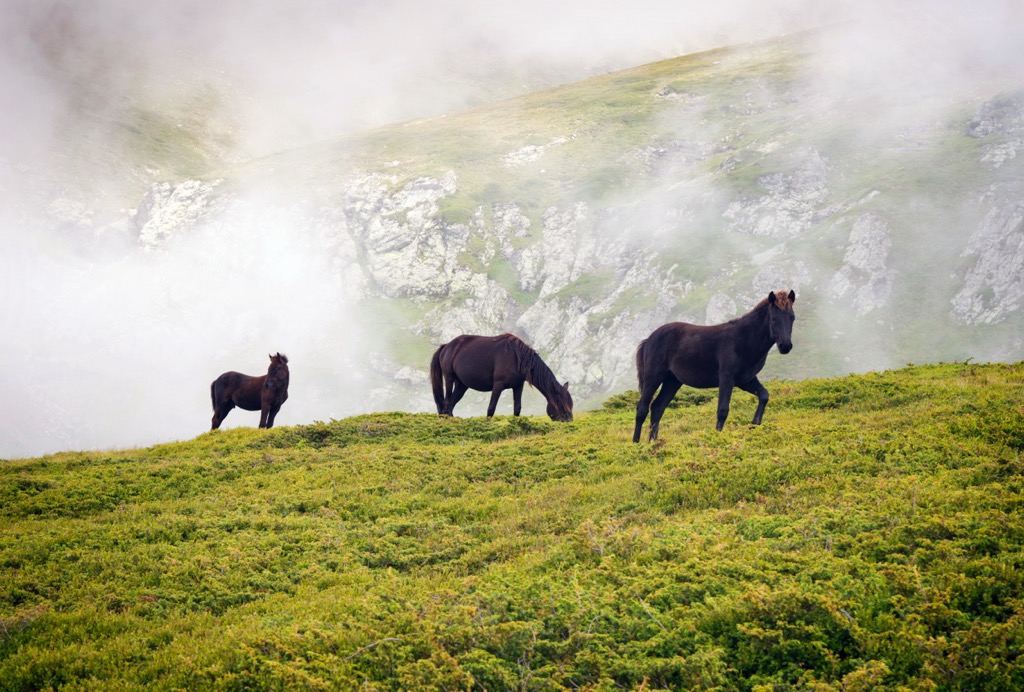
The mountain’s high altitude range is no longer a barrier to movement and is only an obstacle in winter when there is heavy snow. This range gets an average of 40 in or 1,000 mm of rain annually. It also has snow that stays on the ground for months at a time. The valleys and basins support ecosystem-friendly farming, and small tourist industry.
The preserved habitats and amazing biodiversity of Central Balkan National Park are protected, with it being under two environmental directives since 1991. Protecting the natural habitats and fauna of the bird and plant species is what this organization stands for. It is also a part of the Natura 2000 network in Europe.
Central Balkan National Park became a European Federation of National Parks member in 2006. The park was declared a UNESCO Biosphere Reserve under their Man and the Biosphere Programme. The new biosphere park includes four of the park's existing reserves: Boatin, Tsarichina, Steneto, and Dzhendema.
You might be surprised that again in 2017, the most representative beech forests in nine of the national park’s protected aerials also became part of the "Transnational Composite Natural Area." The park is still one of the key elements in UNESCO World Heritage Sites Ancient and Primeval Beech Forests of the Carpathians and Other Regions of Europe.
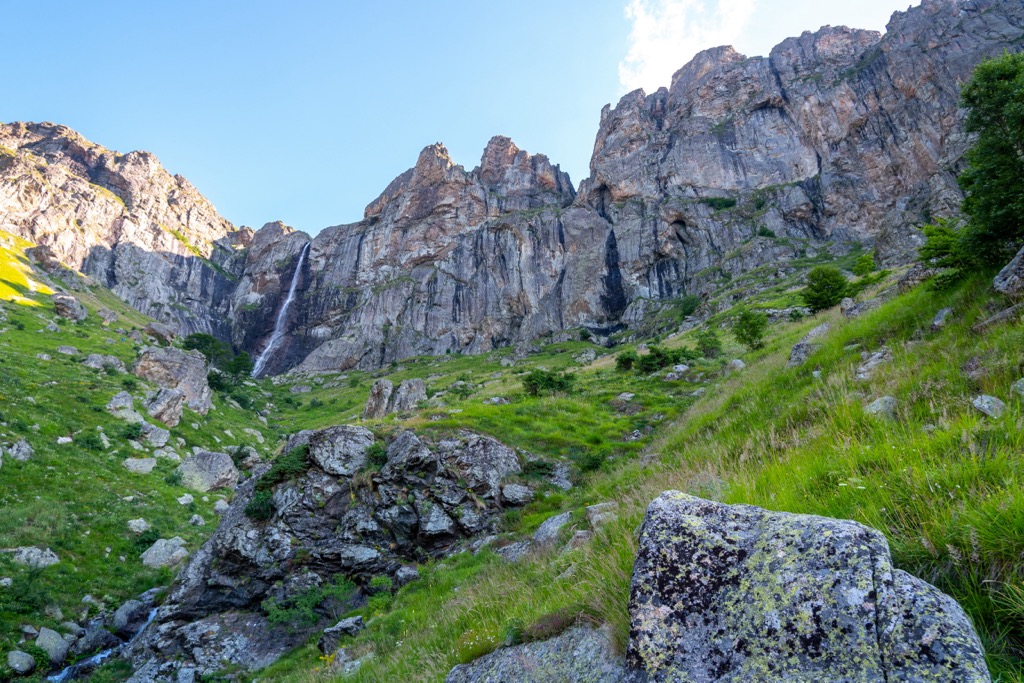
You are in the center of the Balkan Peninsula, so make the best of your hiking. Here are a few ideas:
Dzhendema (lit. Hell) Reserve is one of the reserves under the protection of Central Balkan National Park. It was established in March 1953. It is part of the UNESCO Man And Biosphere Program.
It encompasses 4,220 ha (10,450 ha), making it the largest reserve within the Balkan Range. It lies on a granite extrusion close to Botev Peak (2,376 m/ 7,795 ft), perfect for visiting when doing a round tour of the peak.
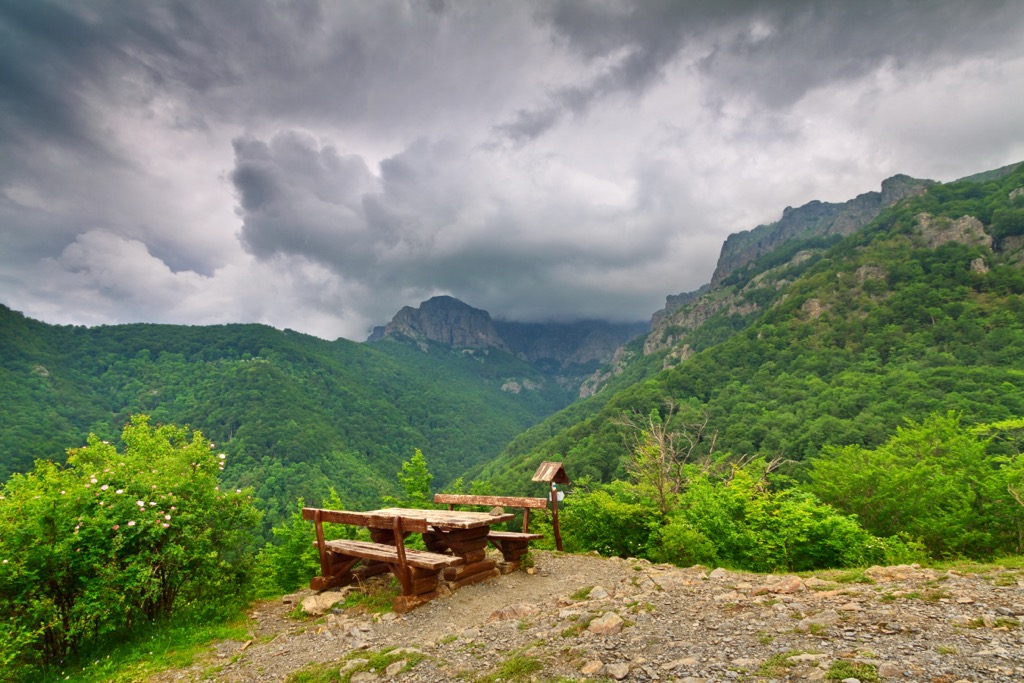
One spot that all mountain lovers in Bulgaria want to visit or have already seen is Rayskoto Praskalo waterfall. It lies directly below Botev Peak (2,376 m/ 7,795 ft), so it’s a perfect day trip when visiting both landmarks.
It is the highest waterfall in Bulgaria at 125 m (410 ft). Its name means "the heavenly spray," and it lies next to Ray hut or lit. Heaven hut.
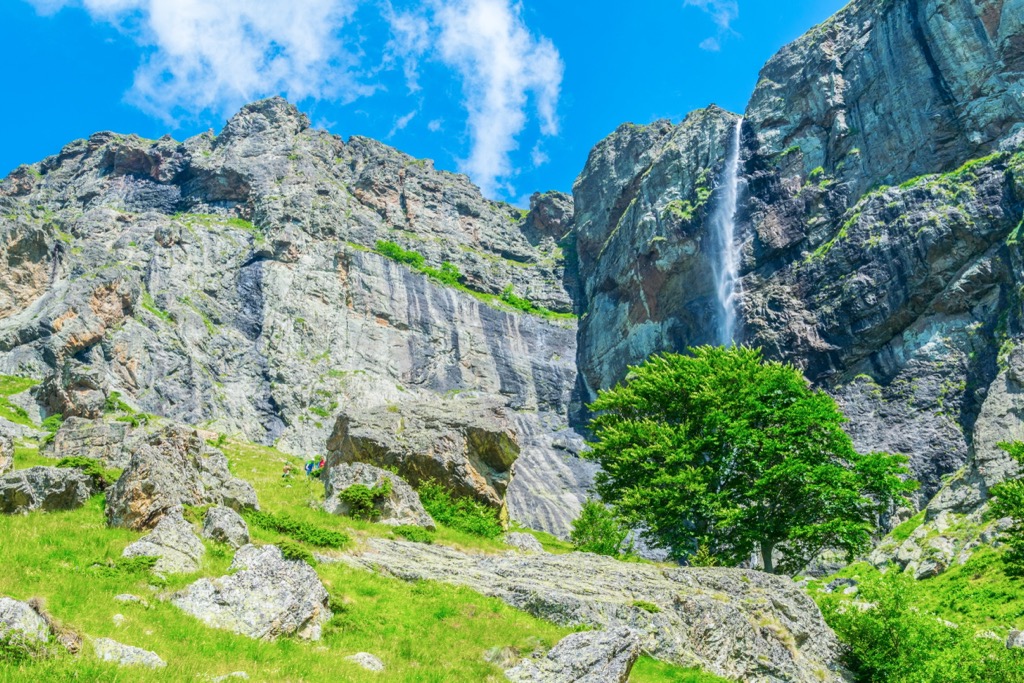
The Botev Peak (2,376 m/ 7,795 ft) is the highest point in Stara Planina and offers amazing panoramic views. It also has a huge meteorological station with a radio tower worth visiting.
Botev Peak is a beautiful and popular hiking destination, providing breathtaking views. There are several ways to get there, some of which suit beginners. Many people who visit this part of Stara Planina come for the natural beauty, with rocky and imposing mountains giving way to cool woods, green pastures, and every peak offering a unique and wonderful outlook.
Botev Peak (2,376 m/ 7,795 ft) is particularly safety-conscious in the winter, with high chances of sudden fogs or storms. We advise to bring enough food and water and stick to the marked paths.
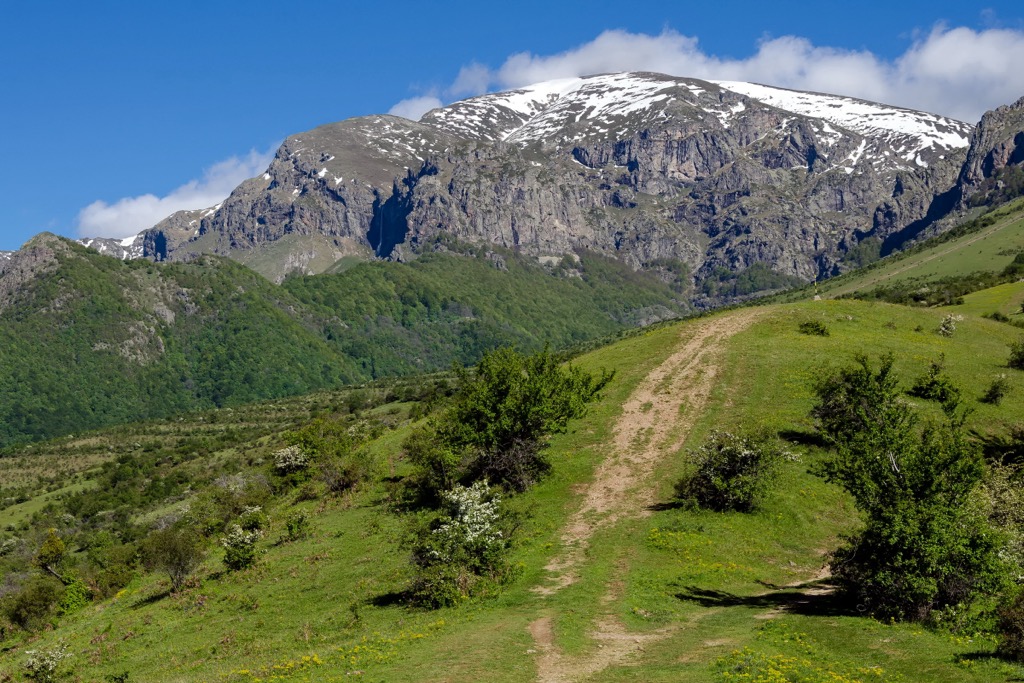
When visiting Central Balkan National Park, make sure to visit these cities or towns as well:
Troyan is a small town in Bulgaria. It is located in the Troyan municipality and has a population of about 30,000 people. The town was first mentioned in an Ottoman document from 1481 as "Troyan." The name may come from the Bulgarian word "troya," which means "fortification".
The town's economy relies on agriculture and livestock farming. Some factories produce textiles, furniture, and food products. You can reach Troyan by road and stay here in rental homes, lodges, and apartments.
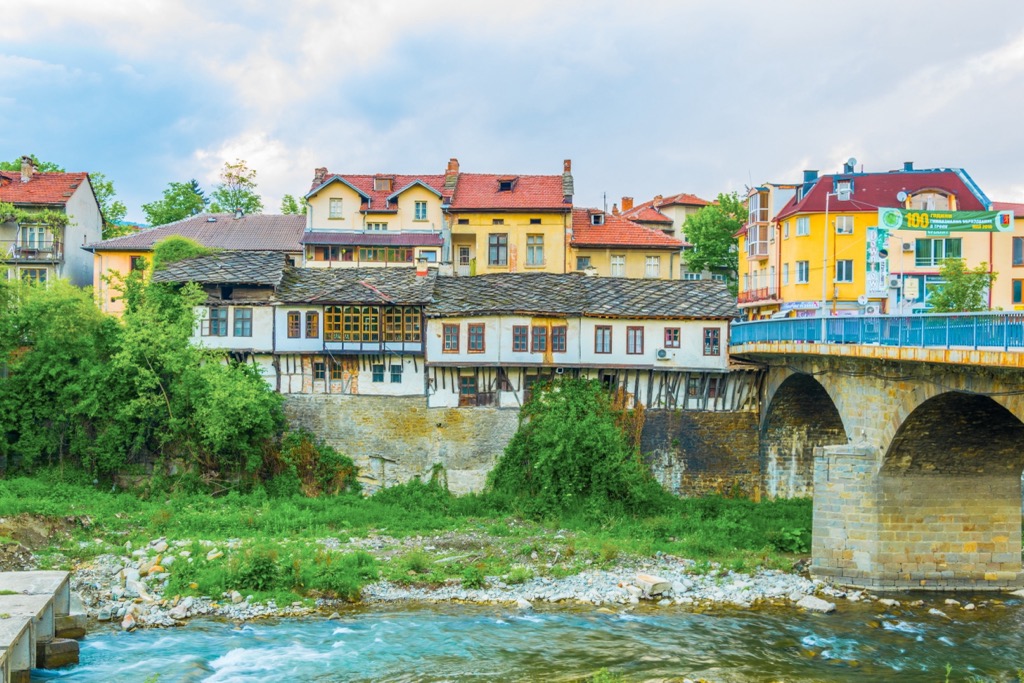
Plovdiv is the second-largest city in Bulgaria and one of the oldest cities in Europe. It lies in the central part of the country. Reach it via road, air, and rail, and stay here in all kinds of accommodation options.
The city has a population of 350,000 people, and it is one of the most important economic, cultural and educational centers in Bulgaria. The city's rich history dates back to 5000 BC, when Thracians founded it.
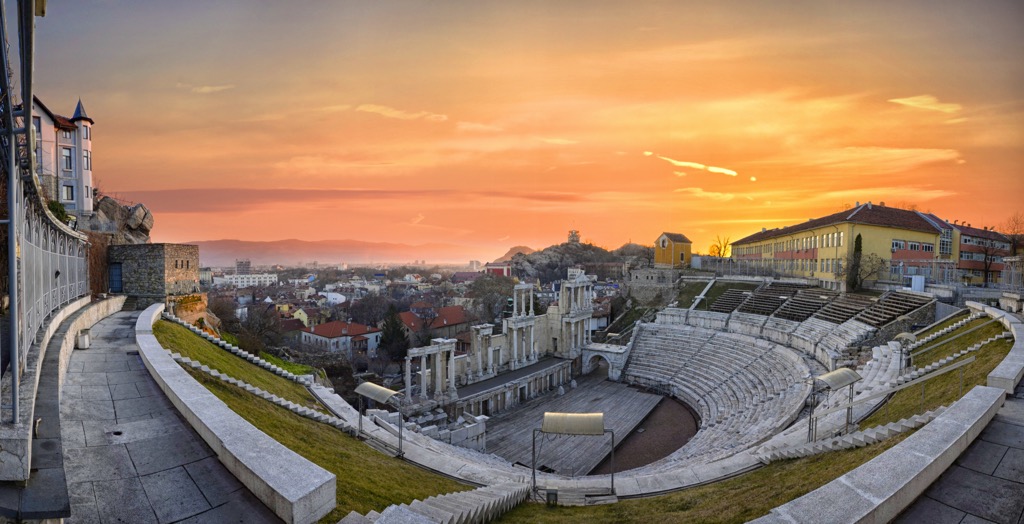
Sofia is the capital and largest city of Bulgaria. It is one of the largest cities in Europe, with a population of 1.3 million, and one of the oldest cities as well.
Sofia is located in western Bulgaria on both banks of the Vitoshka Bistrica River, at the foot of Mount Vitosha. The city has a temperate climate with relatively cold winters and warm summers. Reach it via air, rail, and road, and stay here in luxurious hotels or simple campsites.
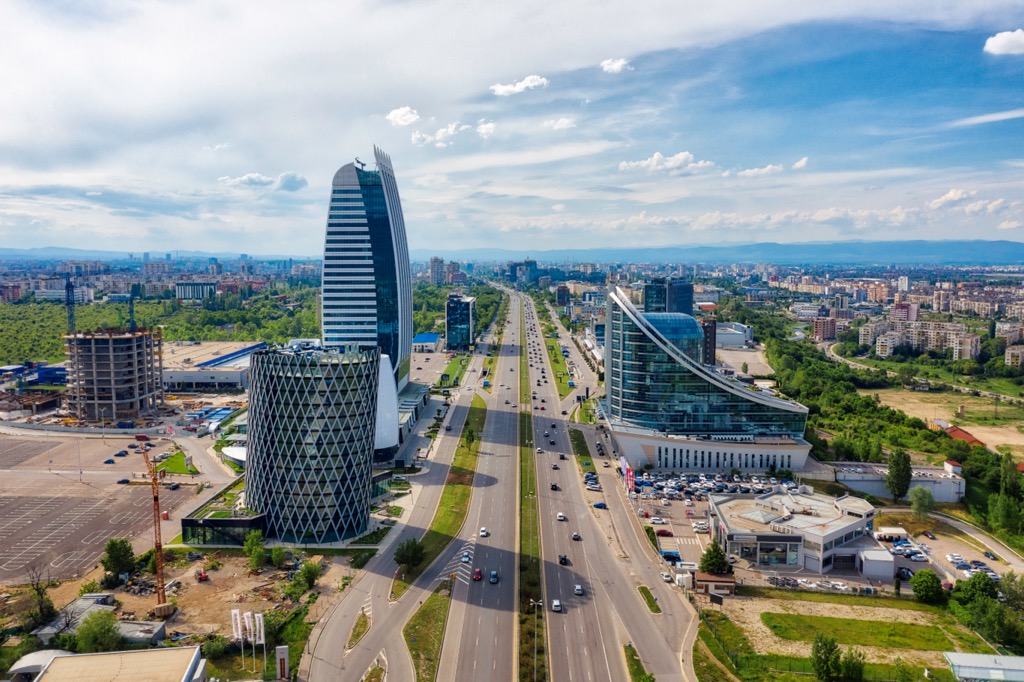
Explore Central Balkan National Park with the PeakVisor 3D Map and identify its summits.
